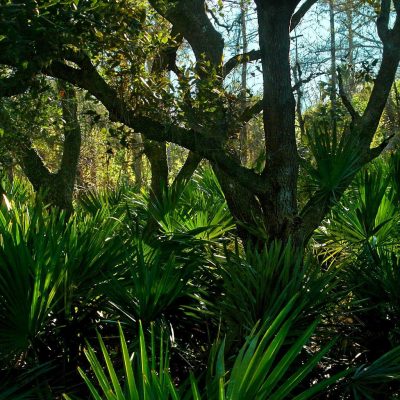From the forest churches of England to Holy Hikes® in the Episcopalian tradition to the Wild Church Network across North America, outdoor worship has been flourishing during the past five years. Below are some resources that have laid groundwork for us:
What is this style of worship?
Just like indoor churches, wild churches are very diverse. What they have in common is a desire to worship with the broader creation, to build intimate relationships with their surroundings and to meet God there. The home page of the Wild Church Network has this to say:
In this age of mass extinctions, we feel compelled by the love of Christ to invite people into intimate relationship with some of the most vulnerable victims of our destructive culture: the land, waters, and creatures with whom we share our homes.
Some churches always meet in the same place; others explore different places. Some sit still; others walk. Some cater to the needs of children; others are contemplative, with blocks of solo wandering.
Forest Church: A Field Guide to a Spiritual Connection with Nature is one frequently cited source. It provides a good overview of the movement and lot of practical help on how to spend time in nature. Those seeking a specifically Christian experience will want to draw on other resources as well.
Why do it?
This article in Living Lutheran describes the Holy Hike movement and interviews people excited about it.
Healing the Earth Through Awe and Wonder (short video) In May 2020, MCCN asked church leaders to identify what they saw as the most important response to the environmental crisis. Connie Heppner Mueller of Seeds Church in Altona, Man., said that the most important task was to fall in love with our local places and to experience awe and wonder there.
How do I do it?
A forest church booklet from the Diocese of Gloucester offers this advice:”Simple is good…[D]on’t over-organize. Just provide a framework and trust God working in and through nature.”
Wild Church Communion Liturgy
Katerina Friesen, who leads a church that meets under an oak tree along the San Joaquin River, offers the group’s communion liturgy.
Wild Church: A Conversation with Wendy Janzen
This interview from the Living Lightly Podcast is an excellent introduction to what can happen when human worship joins the rest of creation. Wendy pastors at St. Jacobs Mennonite Church, Ont. and also leads the Burning Bush Forest Church, a community that meets monthly in nature.
A Christian Education Series
Jennifer Schrock led a three-week series on forest churches at Berkey Avenue Mennonite Fellowship, Goshen, Ind., during August 2020. The first two weeks, they learned about the diverse ways congregations are worshipping outdoors. The third, they held two outdoor services in small groups on land the church owned. Participants reveled in the community garden and wildflower patch and came away with a sense of humility. They reported feeling a part of a much broader creation and realizing how little they knew about it. Here is a powerpoint and notes Jennifer used in session 2 and a poem she wrote about the experience. You are free to borrow the slide show.
Vernal pools in Appalachia
Steven David Johnson–a conservation photographer–is not writing about church services, but in this article from The Mennonite, he does describe the grace-filled experience of giving the natural world your undivided attention.
Are there outdoor churches with a connection to MCCN?
At least two:
- Burning Bush Forest Church, St. Jacobs, Ont.
- Wild Church Fresno, San Joaquin River, Calif.
Additional Worship Resources
These are not specifically crafted for outdoor use, but have a lot of relevant material.
Season of Creation Worship Resources
A lectionary and liturgies for a September worship series on God the Creator and creation.
God’s Good Earth: Praise and Prayer for Creation by Anne and Jeffery Rowthorn, Liturgical Press.
A collection of 52 worship services on creation-related themes and a wealth of readings, prayers, litanies and inspiration.
